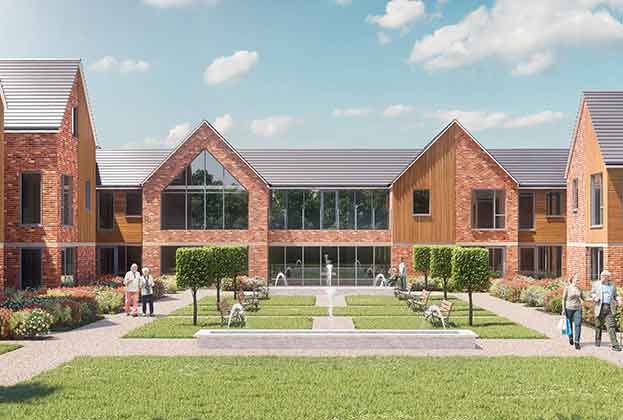Elderly care in the UK has faced some real challenges surrounding its image, regulation and perception recently, with those nursing and residential homes that are reliant on state funding being the hardest hit. In particular, factors such as the National Living Wage, fiscal tightening from the Government on local authority funding and increased regulation have all had an impact.
Despite this, we continue to see strong demand for quality care beds, as increasing occupancy and a shortage in many locations as the mix of demographics blended with the increasing number of care home closures starts to bite, as the key statistics show:
- Currently there are 465,000 care home beds in the UK, with occupancy running at just over 90 per cent.
- Almost 300 care homes closed in 2016/2017.
- Just over 90 new care home were registered during the same period, with a large majority in the south of England and targeting private pay.
To address the UK care bed shortage the Government needs to incentivise those operators reliant on local authority funding to avoid a capacity crisis in that segment of the market over the next few years. We estimate that more than 100,000 additional care home beds will be required to meet overall demand in the coming decade.
There are around 1.6 million people in the UK now aged over 85, a figure that is expected to rise to circa 1.77 million in 2023 and approximately 2.63 million in 2033, according to CACI. Over the next 70 years, this demographic is expected to rise to 5.5 million.
Current research indicates that 15 per cent of the 85+ age group live in a care home or long-stay hospital settings. Given the anticipated rise in this demographic group, the pressure on the sector will only increase.
Care home averages
Most of the UK‘s care home stock was registered during the boom in private sector development during the mid 1980s and 1990s. The average age of stock today is therefore now over 20 years old, putting it at risk of needing refurbishment and renovations to ensure it is fit for purpose.
Care bed home sizes have also risen steadily over the past 20 years, with the average today at over 50 beds compared with 25 beds in 1996.
Care home development and land values
So what’s the solution? One opportunity lies with land values and care home development. Unlocking sites for new care homes will alleviate some of the pressures of growing demand.
However, we’ve seen care home operators become far more selective in terms of location, driven not only by bed need but also the availability of staffing, particularly qualified nurses. Gone are the days when care operators would take the most unattractive part of a new housing development, secondary sites backing on to industrial land or very rural sites. Typically operators want urban or sub-urban sites in visible locations with catchment populations of 50,000 – 70,000.
Taking a new build 60-bed care home today, an operator will ideally need 1.0 to 1.5 acres and a footprint of approximately 3,400 sq m, with most wanting residents' accommodation over two/three floors for locations outside London.
Land costs can range from lows of £15,000 to over £60,000 per bed in high value locations. In certain circumstances care use (C2) can deliver higher land values than residential use and we are seeing more residential developers include care homes within large residential developments.
Further information
.jpg)
.jpg)
